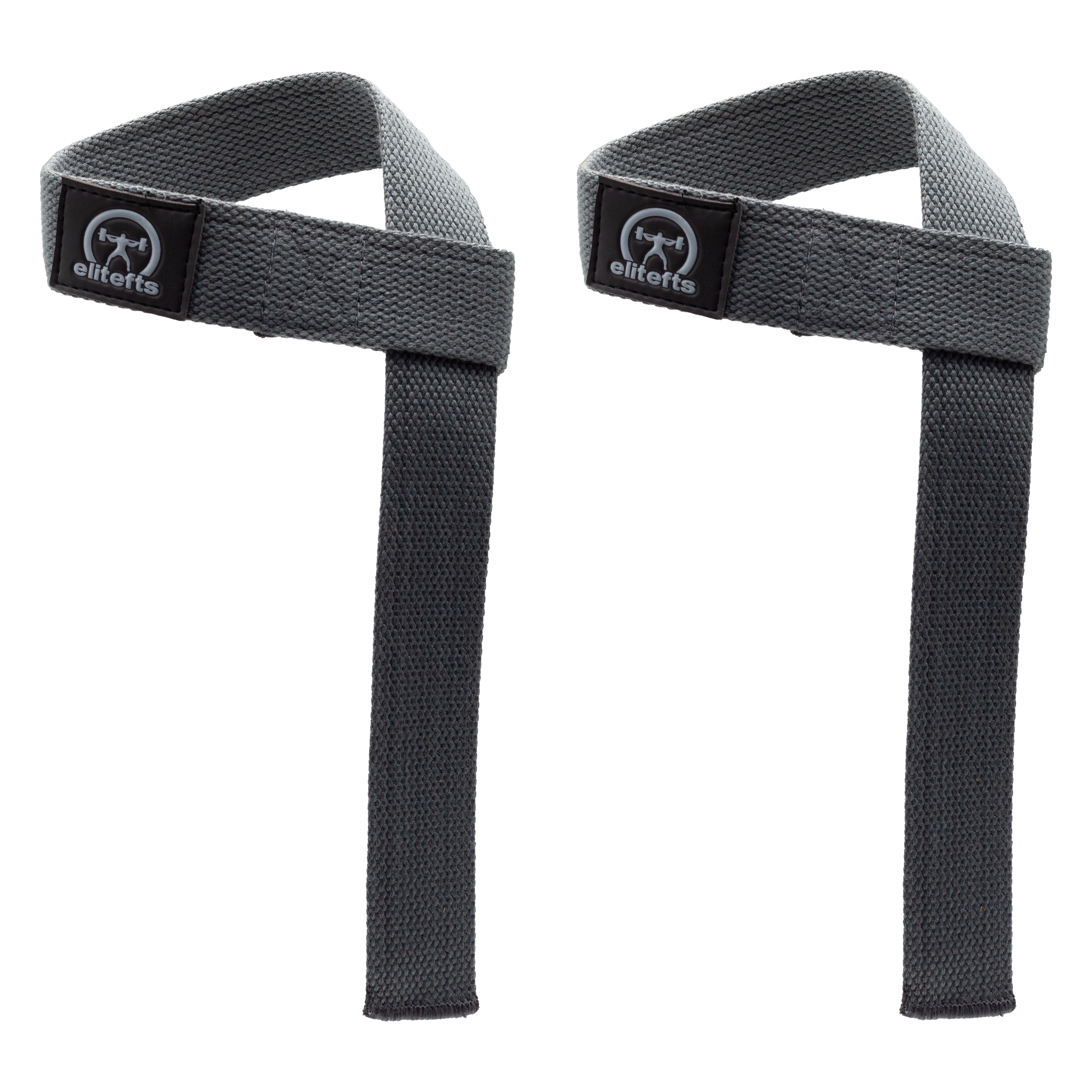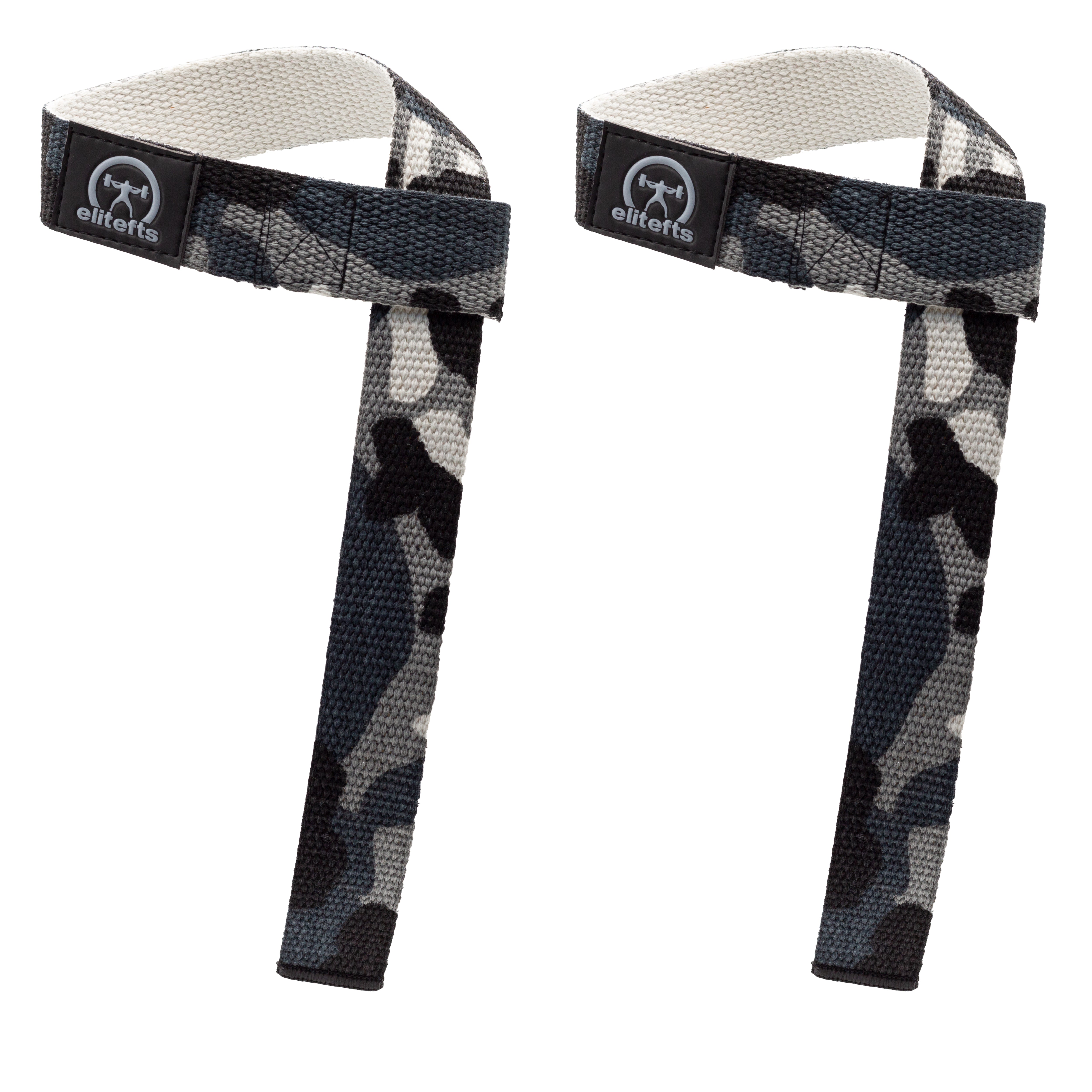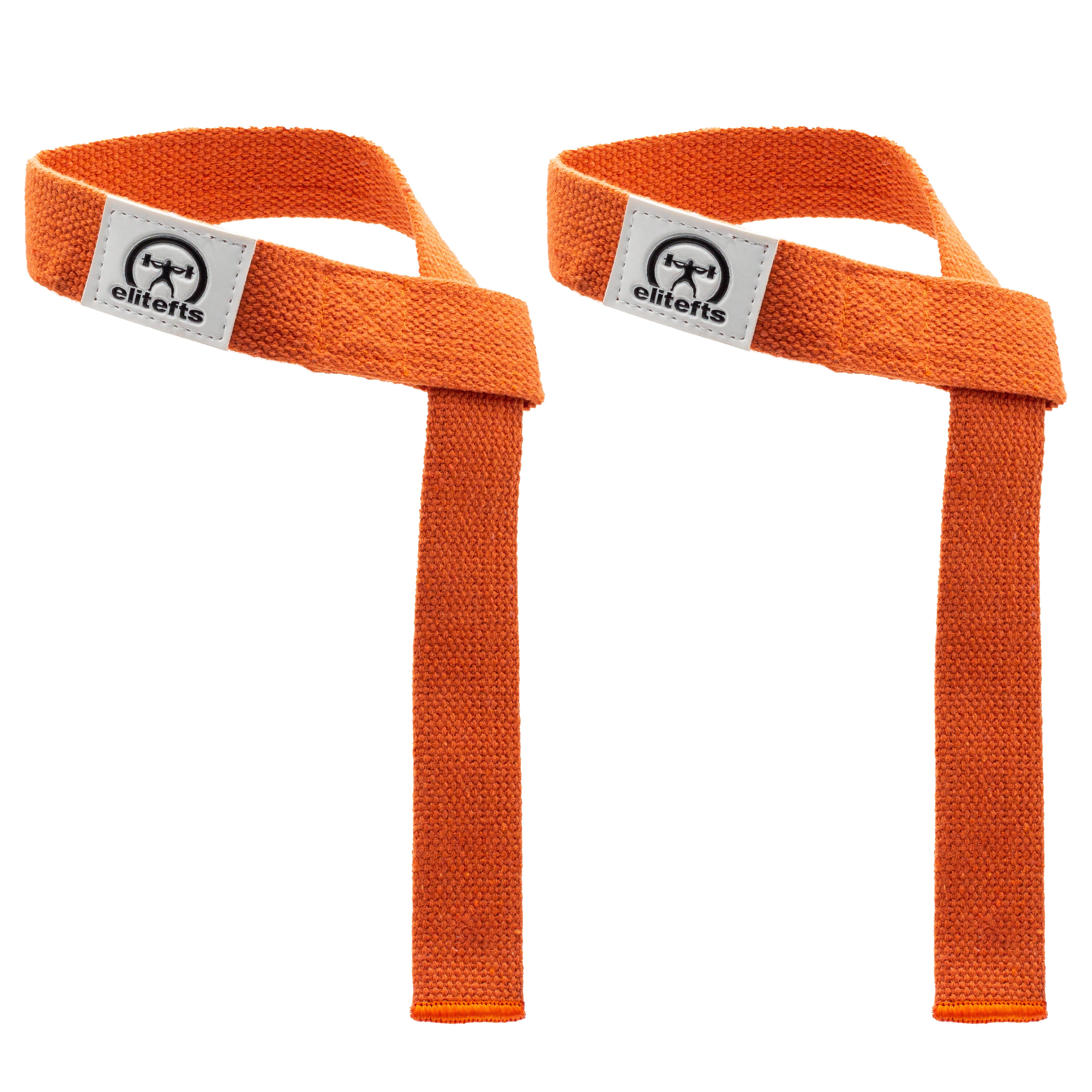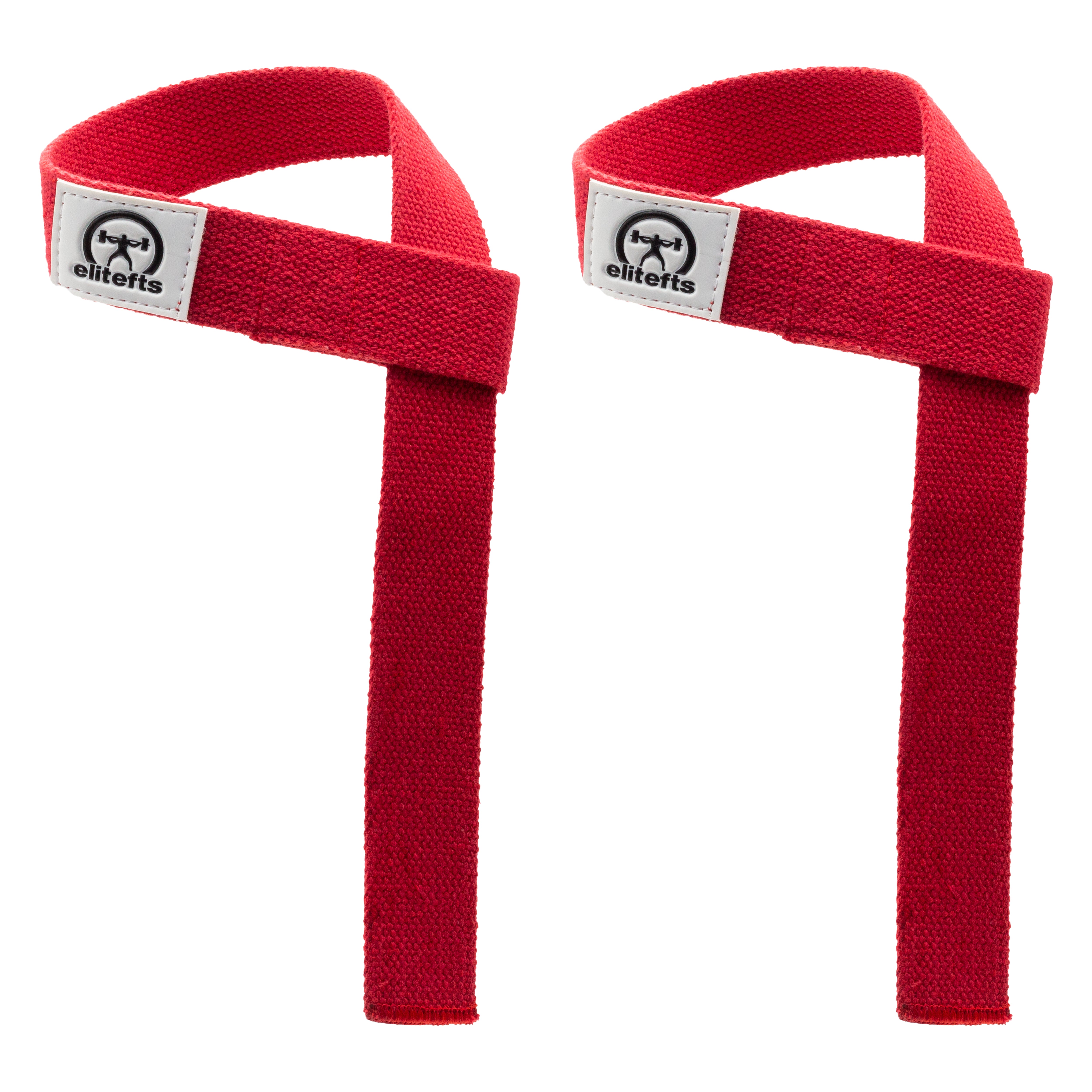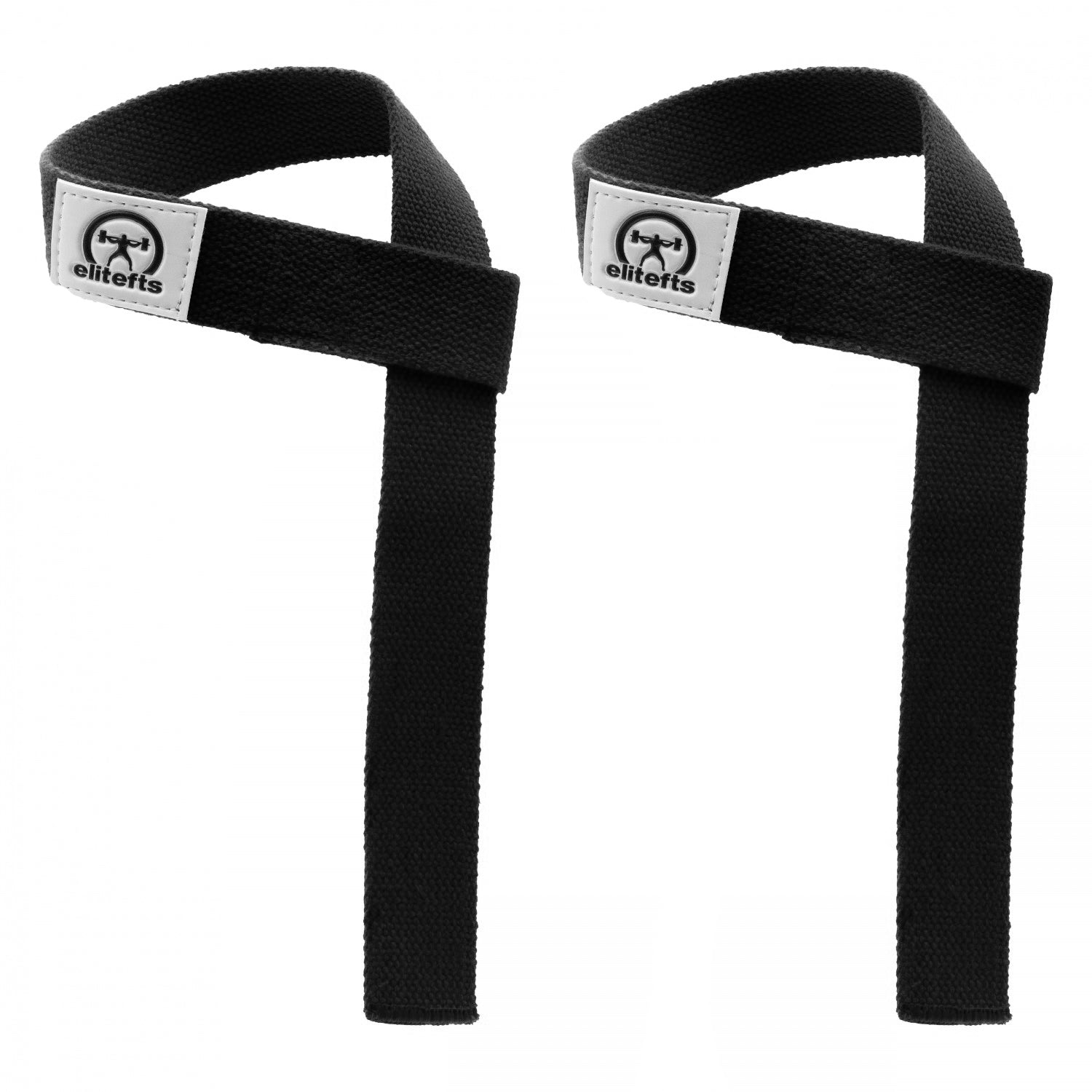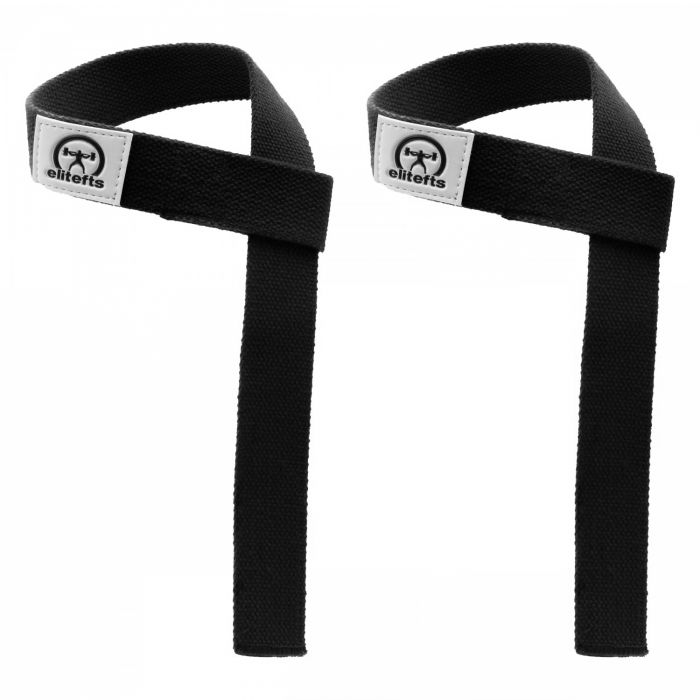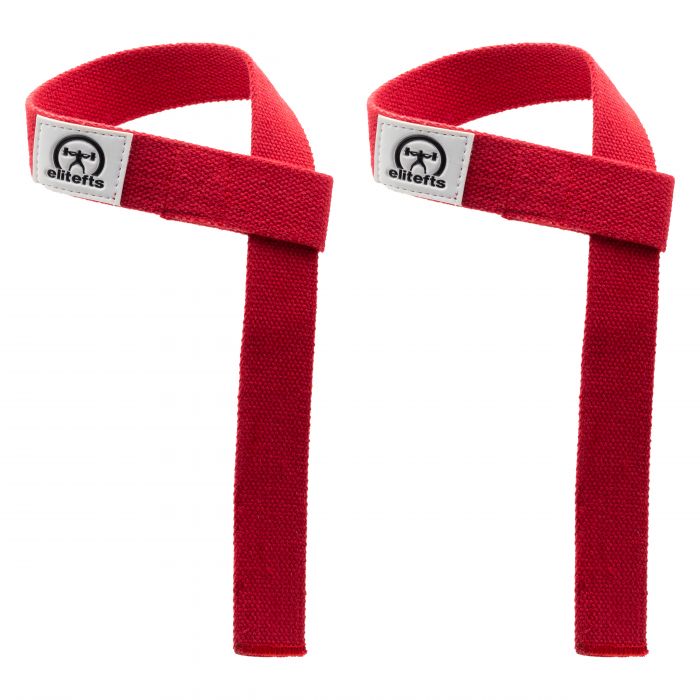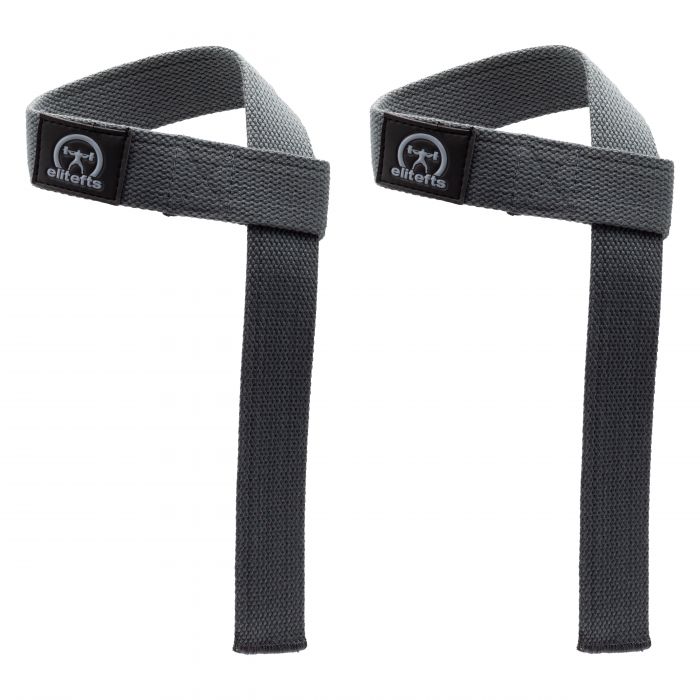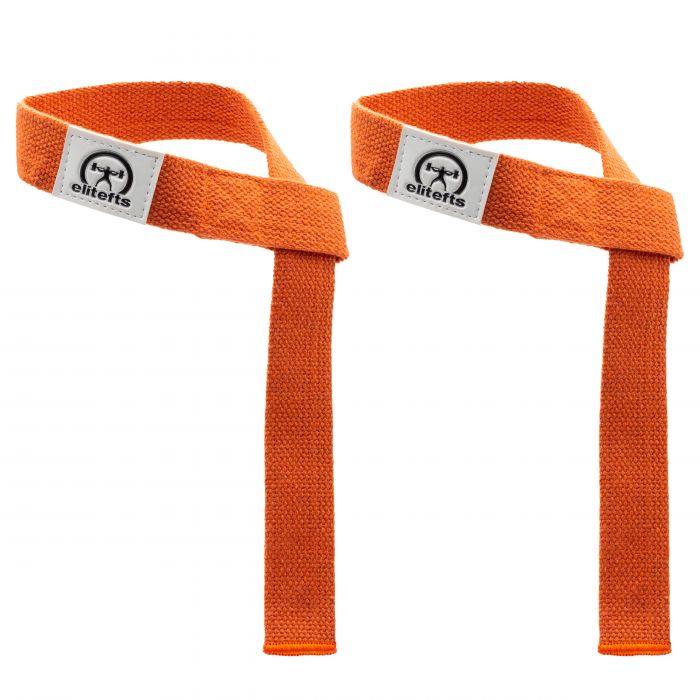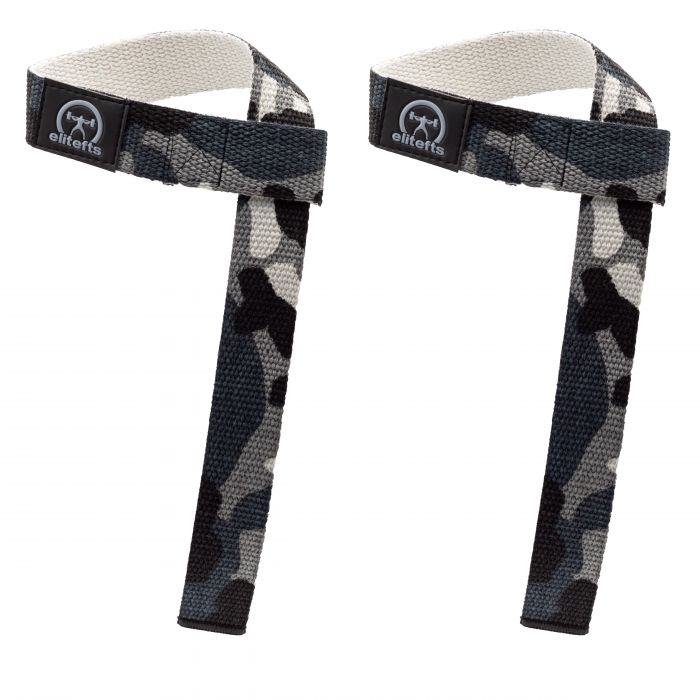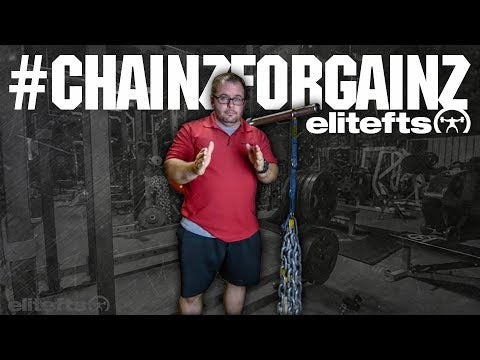
As a coach, my time is often stretched thin. There are often more people seeking help than I have the time or resources to be able to help. Now, the ideal situation would be to coach every person in a one-on-one environment and be able to tailor each program for that single participant. However, without use of the time machine from Harry Potter, this isn’t feasible. So in order to make myself available to many more people, a class setting is far more beneficial to those involved. It allows me to work with more people overall and allows people the benefit of a support team with whom to train. It is not easy to construct a program for a large group of people that covers a very wide scope of the population, but through some trials and tribulations, I have constructed a method that works with a very high success rate. The first thing that you need to do is decide on what your limiting factors are. These can include some of or all of the following: time, equipment, physical abilities, skill, and audience. Time is an easy one to think about. It simply means how much time you have to achieve what you need to. This could be frequency of training. If you have a group of college kids that are full-time students, it might be possible to get them in five or more times per week. If you have people with more demanding careers and families, they might only have three to four times per week maximum to come in. Also, some people have set schedules where they can only come certain days of the week. Some people might be able to dedicate two hours a day whereas other an hour is asking for a lot. I have found in this case that three days for an hour a day is reasonable to expect people to dedicate to training and I have found it to give me plenty of time to work with them to get things done. The next piece of the puzzle is equipment. Some places such as a Division I college athletic facility might have
a rack,
weights,
dumbbells, and
cable machines for each athlete. That’s probably the ideal. However, most of us have
a few racks,
some weights and
benches. A large set of
bands can go a long way as well. The equipment will be one of the things that limits what exercises you might be able to choose. If you need to find a lot of variation, then check out some of the high level lifters that train in their garages. A lot of them only have access to these basic staples and have been extremely creative with exercises to do what they need. Also, if you have large classes, you might not be able to use certain pieces of equipment that you would if you’re in a one on one setting.
RECENT: How to Run A Great Strongman Contest
Physical abilities refers to the skills of your clients. Do you have young kids that are still incredibly uncoordinated? Do you have high level high school or college athletes? You might even have older people in your gym that are looking to learn how to lift barbells and boost their health. Maybe you have a group of people with banged up shoulders or elbows. If that’s the case, you should shy away from exercises that are likely to aggravate them. Always design the program with the lowest physical ability in mind. The other folks can always do slight modifications based on their abilities, but you’ll be asking for injuries if you try to push the lower level too much. Skill is very straightforward. How long have these people been training the movements you're having them perform? A novice level lifter might need to continue to do the basics over and over again until they are good at them before you start asking them to do much higher skill variations. Alternatively, if you have a group of people that have been training the lifts for many years, they might require a lot more variation or volume or frequency to continue to grow and improve.

The final aspect for consideration is your audience. Do you have people that want to be elite athletes? As hard as it is to believe not everyone wants to be the best in the world or wants to live on a bare budget to be able to afford supplements and a gym membership. So just like a college professor or a lecturer has to speak to the audience, you as a coach have to speak to your audience. Asking a first time squatter to find intra-abdominal tightness versus telling them to focus on their breath might have different outcomes. Even if one is undeniably more correct than the other, any result yielded is better than none. I also take into consideration my audience when designing the program length. When you have a more novice group of lifters, they will expect to see results much more quickly than an experienced group. You will have to design shorter waves and peaks so that they can continually be reminded of their progress. A more elite group will be easier to convince to buy into the long term plan.
WATCH: Table Talk — The Three Biggest Mistakes Intermediate Lifters Make
Now my constraints are as follows: we train three times a week for an hour. As far as equipment, I have the essentials including multiple power racks, adjustable benches, several barbells, and plenty of plates. I also have some specialty bars that I use whenever I have a client that is unable to perform an exercise due to physical restriction. I have a large set of bands. My gym has a very wide spectrum of physical abilities. I have some people in their early twenties and some much older (they would kill me if I divulged their age but let’s say they’ve had a lot of 21st birthdays). I also have some former college athletes and some people that never played a sport in their lives. We also have varying degrees of skill but the majority of my team has been training with weights for less than two years and probably half even less than that. My audience is mostly people that want to get stronger because it’s fun, and they want to be in better health. Most of them come to me after joining my gym for our more cardio-based program and watching the other members venture down to the dungeon day after day. They too want to wobble up the stairs after a hard squat session (sounds funny when you say it like that huh?).
These are the guidelines I set up for my program: 1. We train three days a week.
- Day 1 is back squat, a shoulder press movement, and a bench press assistance movement.
- Day 2 is deadlift, bench press, and a squat assistance movement.
- Day 3 is squat assistance, bench press assistance, and a back movement (rows, pullups, other types of low impact pulling movements)
- The first wave is just high volume. We mostly stick above six reps with the exception of deadlifts and the weights are all under 80% of their maxes.
- The second wave I start to reintroduce heavier weights to them. They work up to a heavy set of 3-5 reps between 80% and 90% and then they drop back down below 75% to get in their volume work.
- The third wave I cut the volume down and get very specific. The reps are threes and under for the main lifts and I will go as high as fou reps for some assistance work. Most of the volume is above 85% and they are touching 90% at least once a week.
- This allows me to dictate through my experiences how difficult I want something to be for them.
- This does not mean this is the only way to do it, but for my group this is the best way to be sure they are doing the work in the manner I want. In other words, things are as difficult as they should be but not any more so.

















































